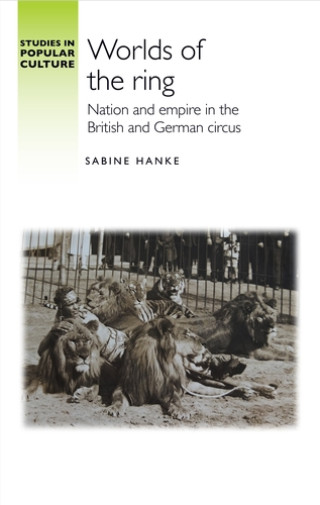In 1926, far from her home on the Pine Ridge Reservation in North Dakota, Sarah Ghost Bear died in a hospital in Essen, Germany. A fire had broken out at the Sarrasani Circus, where she was performing as part of a Lakota troupe brought to Europe to entertain crowds with a glimpse of “the exotic”. A local newspaper mourned her with a phrase soaked in colonial romanticism:
“She had hardly dreamed in her wigwam that she would find a resting place here, in the heart of the industrial district…”. (Author unknown, Ein seltenes Begräbnis: Der letzte Weg der Indianerin, in: Essener Volkszeitung, 28 September 1926, p. 6, translated from German original.)
Sarah’s story sits at the crossroads of labour, spectacle, and survival. Like many Indigenous performers in Europe during the early 20th century, she was part of a long tradition of itinerant entertainment that stretched back to the great world’s fairs of the 19th century—Paris, London, Berlin—where so-called ethnographic displays staged non-Western people as objects of curiosity. Most prominent, see Hilke Thode-Arora as well as Eric Ames’ more recent study of the impresario and animal handler Carl Hagenbeck. By the 1920s, circuses like Sarrasani had adapted these imperial formats, transforming them into mobile shows complete with parades, mock villages, and curated encounters with the “exotic other”.
This form of itinerance—structured, spectacular, and racialised—offered work and travel under conditions shaped by power and exploitation. Circus posters, magazines, and souvenir postcards proudly advertised Chinese acrobats, Moroccan dancers, Indian fakirs, and Lakota Indians as main attractions. Yet even as they were commodified, these performers did not remain passive. During their 1926 tour, the Lakota challenged the circus’s exploitative conditions and resisted the roles scripted for them by the imperial gaze. As I explore their history, the story of Sarah Ghost Bear reminds us that itinerance has always been a site of struggle: between freedom and exploitation, between visibility and erasure.
Interwar German circuses like Sarrasani were not just local amusements—they were global enterprises, built on decades of cross-border mobility and experience. Founded in 1902 by Hans Stosch-Sarrasani, an outsider to traditional circus dynasties, Sarrasani grew into one of Germany’s most prominent travelling shows. Its success lay in staging the “exotic”, featuring so-called authentic American Indians, wild animals, and spectacular international acts. With tours stretching from Eastern Europe to South America, and a grand venue in Dresden seating 5,000, Sarrasani exemplified how itinerant performance could become both mass entertainment and cultural export. The circus remained in family hands through the interwar years, surviving political upheavals and economic crises—until its Dresden home was destroyed in the 1945 bombing (For a more thorough examination of this, see my book Worlds of the Ring).
